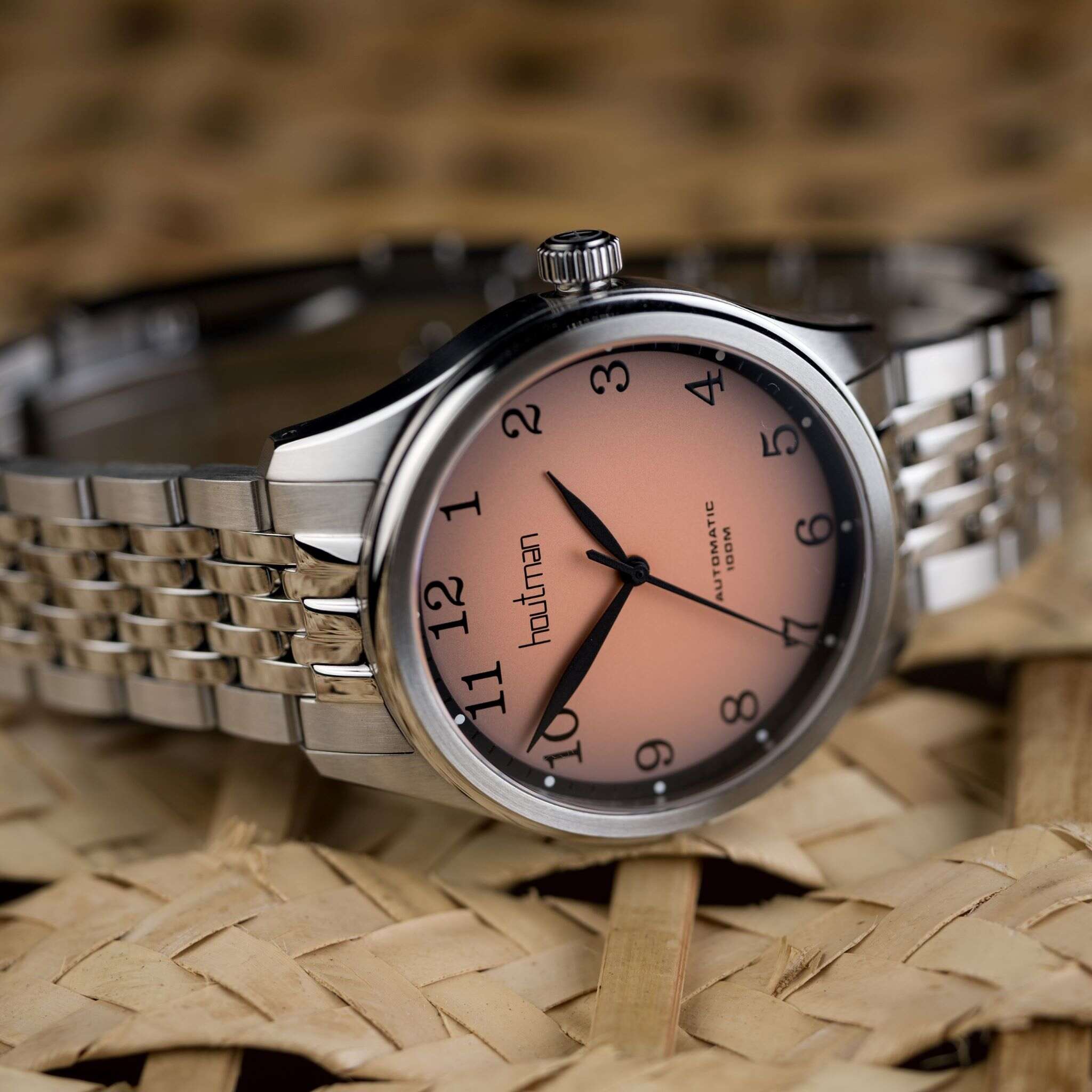
10 Different Automatic Watch Movement Complications
If you are a watch enthusiast, you might be familiar with the term "complication". In horology, a complication is any feature of a timepiece beyond the display of hours, minutes and seconds. Complications add functionality, complexity, and beauty to a watch, and they are often considered as a sign of quality and craftsmanship. Some additions are practical, some are purely for aesthetics.
Below, we briefly discuss 10 different automatic watch movement complications and explain their differences and uniqueness.
-
Date
The date complication is one of the most common and useful features in a watch; It displays the current date, usually in a small window on the dial. There are different types of date complications, such as the simple date, the big date, the pointer date, and the retrograde date. The simple date shows the date from 1 to 31, and it needs to be adjusted manually at the end of every month with less than 31 days. The big date shows the date in a larger window, using two discs with digits from 0 to 3 and 0 to 9. A pointer date shows the date with a hand pointing to a scale on the dial, similarly retrograde date shows the date with a hand though for retrograde dates the hand jumps back to the starting point after reaching the end of the scale (rather than continuing in a circle like standard pointer date).
-
Day
The day complication is another common and useful feature in a watch. It displays the current day of the week, usually in a small window or a sub dial. Similar to date complication there are different types of day complications, such as the simple day, the full day, and the retrograde day. The simple day shows the day with an abbreviation, such as MON, TUE, WED, etc. The full day shows the day with the full name, such as Monday, Tuesday, Wednesday, etc. , and the retrograde day shows the day with a hand that jumps back to the starting point after reaching the end of the scale. Days displayed in different languages can also be found, generally region specific.
-
Chronograph
The chronograph complication is one of the most popular and versatile features in a watch. It is essentially a stopwatch that can measure elapsed time, such as seconds, minutes, and hours. It usually has one or more subdials, and two or more pushers on the case. The chronograph can be activated, stopped, and reset by pressing the pushers. As with other complications there are different types of chronographs, such as the simple chronograph, the flyback chronograph, and the rattrapante chronograph. The simple chronograph can measure elapsed time up to a certain limit, such as 30 minutes or 12 hours. A flyback chronograph can reset and restart the measurement with a single push of a button, without stopping the chronograph. Rattrapante chronograph can measure two or more events simultaneously, using an additional hand that can be split from the main chronograph hand.
-
Moon phase
The moon phase complication is perhaps one of the most romantic features in a watch. It displays the current phase of the moon, such as new moon, full moon, waxing crescent, waning gibbous, etc. It usually has a small window or a subdial, showing a disc with a moon and stars that rotates according to the lunar cycle. The moon phase complication can be used to track the tides, the seasons, the calendar, or simply to admire the beauty of the night sky- the moon dial often comes with added decorations to enhance the look of the watch.
-
GMT
The GMT complication is one of the most practical and useful features in a watch, especially for travellers and jet-setters. It stands for Greenwich Mean Time, which is the standard time zone used as a reference for all other time zones in the world. A GMT complication can display a second time zone, usually with an additional hand or a rotating bezel on the dial. The GMT complication can be used to keep track of the time in another country, city, or region, without having to adjust the main time display.
-
Perpetual calendar
The perpetual calendar complication is one of the most complex and impressive features in a watch. It displays the date, the day, the month, and the year, and it can automatically adjust for the different lengths of months and leap years. It usually has several windows or subdials, showing the information in various formats. Once set correctly, the perpetual calendar complication can be used to keep track of the calendar throughout the years without having to manually correct it.
-
Tourbillon
The tourbillon complication is one of the most expensive and prestigious features in a watch. It is a device that counteracts the effects of gravity on the accuracy of the watch, by rotating the balance wheel and the escapement in a cage. It usually has a large opening on the dial, showing the rotating mechanism in action. The tourbillon complication was invented to improve the precision and performance of the watch, however these days it is a demonstration of a watchmaker's skill and artistry.
Occasionally, less reputable brands may try pass off watches with 'open heart' movements (where you can see the mainspring oscillate though the dial) as a Tourbillon. In aopen hear, you will see the mainspring go back and forth, whereas a Tourbillon you will see that, and then also see the mainspring rotate 360 degrees- usually in stepped motion.
Video or Tourbillon movement in action. Source: Wikipedia
-
Power reserve
The power reserve complication is a useful and informative feature in a automatic or mechanical watch. It displays the amount of energy left in the mainspring, which is the source of power for the watch. It usually has a small window or a subdial, showing a scale or a gauge that indicates the remaining power in hours, days, or simply from full to empty. The power reserve complication can be used to monitor the status of the watch, and to know when to wind it or wear it.
-
Alarm
The alarm complication, while rare on mechanical watches, is a useful and convenient feature in a watch. It can produce a sound or a vibration at a preset time, or commonly as a reminder or to wake up.
-
Repeater
The repeater complication is one of the rarest a watch. It can announce the time audibly, by striking a series of chimes or gongs. It usually has a slide or a pusher on the case, to activate the repeater. There are different types of repeater complications, such as the minute repeater, the quarter repeater, the five-minute repeater, and the hour repeater. The minute repeater can strike the hours, the quarters, and the minutes, using different tones and sequences. The quarter repeater can strike the hours and the quarters, using two tones. The five-minute repeater can strike the hours and the five-minute intervals using 2 tones, and the hour repeater can strike only the hours, using one tone.
Complications can add value, functionality, and visual impact to a watch. Some complications are used exclusively in high end watches due to the cost to produce them. With added complexity, maintenance of such watches may require more work, which can add cost and delays in servicing- so they might not be suitable or necessary for everyone.
We hope this article has helped you to understand some of the different automatic watch movement complications and their uniqueness. If you have any questions or feedback, please let us know.



Leave a comment
This site is protected by hCaptcha and the hCaptcha Privacy Policy and Terms of Service apply.